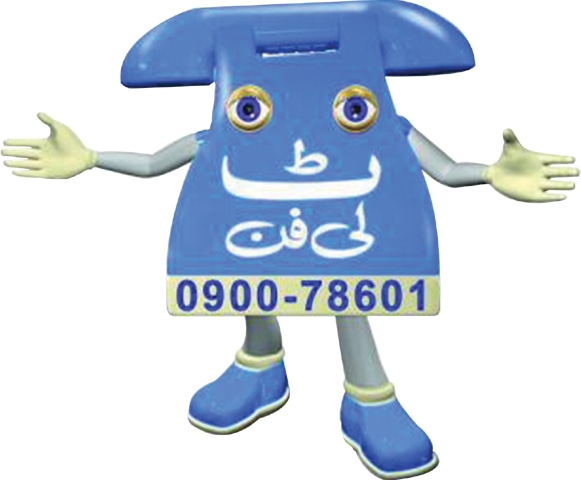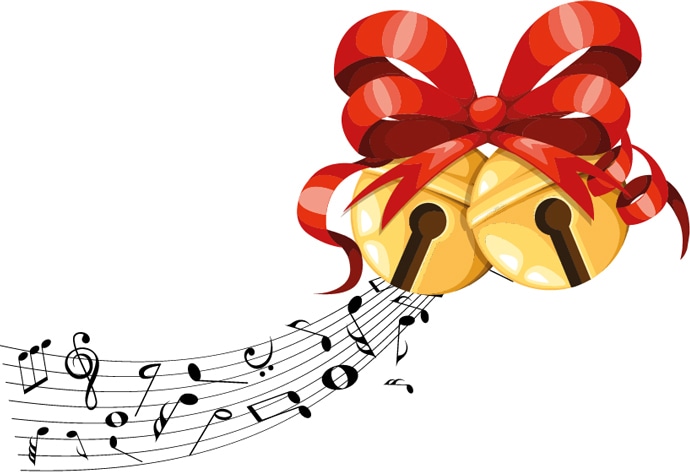“Aik billi moti taazi si jo mazay se Ding Dong khaati thi!" Did nostalgia just hit you in the face like a big, red bus? Let’s try another one: “090078601 tele-funnn, telefunnn!” This throwback to jingles of yesteryear was brought to you in order to highlight the way catchy jingles can keep brands alive.
What is it that makes these jingles memorable amidst a deluge of ads and our increasingly blasé attitude towards everything on the television? The answer is in the rhyme of it all.
Did you know that our brain has a small music studio of its own where all our musical memories go? This is one of the main reasons why music is the last thing you would forget and why sometimes you find yourself humming a tune to a friend hoping they can help you remember the name of a song.
A catchy jingle not only helps a business dial up their top-of-mind appeal, it helps them buy a bit (yet long-term) of real estate, in the audience’s mind. Telefun’s TVC was released over 10 years ago, but I still remember the tune and the number. Was the jingle annoying? Absolutely! But 10 years on it is still etched in my brain, so I guess Telefun won. Add to this the fact that my brother, who was seven years old at the time, ended up making enough calls to put a dent in our telephone bill: Telefun – 1, people – 0!
If we take Telefun as a case study, the frequency with which it was heard on TV made it a hit (at least in our brains) regardless of whether we hated or loved it. It was a song, it was repeated until our ears hurt and that is all our brain cares about. Just like those kindergarten alphabet songs that have made it impossible for any adult to say L, M, N, O, P, Q, R, S, T without breaking into song.
The funny thing is that brands usually manage a success story out of campaigns that are high on the musical quotient mainly because of the way our brains work. Pakistani audiences had to go through what I call the dark ages of ghastly jingles such as “tarang hi tarang hay’” and “mere des ka biscuit gaala”, heavily anchored in the Subcontinental shaadi culture. While the marketing landscape rumbled with criticism, guess who remembers the jingles after all these years? You do!
It may appear as if today’s jingles can’t hold a candle to the jingles of the nineties. However, there are a lot of factors at play here apart from the quality of content. One of the main reasons why jingles no longer rake in as much brand love as they used to, is due to a decrease in exposure thanks to those smaller screens monopolising audience time.

With most content consumption taking place online, jingles are cropped into five second pre-rolls and mid-rolls or just get a place on the brand’s Facebook page. This dilutes the jingle’s potency and takes away the advantages of the repetitive effect jingles in the nineties enjoyed. Can you even remember the number of times you heard “Amma Tullo main pakao humain sehatmand banao” while growing up? Does Tullo still exist? Well, it clearly does in our minds.
Gone are the days when the entire family would gather in the living room and pop in a video cassette of Omer Sharif’s stage masterpieces often sandwiched between ads you had to sit through. Add to that the fact that Eid transmissions in the nineties were heavily peppered with the iconic Morven Gold Rhythm of Unity; a jingle still considered the most melodious time machine to transport you back to the cosy PTV and STN times.
Another reason why the audiences may feel the quality of jingles has deteriorated over the years is because most ads in the early 2000s focused heavily on sensuality and humour. Needless to say most failed to leave a mark.
The good news is that some brands have still managed to come up with memorable jingles despite the odds. Try to remember a single jingle you can hum word by word from the last five years and “Sheher sheher main, gaon gaon main” by Sooper will pop up sooner or later. In fact, Sooper really took the trophy home with this high speed jingle; it was fun, unique and extremely catchy. The music and the lyrics come together in harmonious union, making it an extremely hummable piece. None of the verses sound forced or out of place, it is memorable and the best part is it ends before it starts to become boring.
Sufi Group’s Bismillah TVC is another good example. A lovechild of qawwali and jingle, Bismillah is a contemporary spin on a quintessential sufiana tune but hits home with the target audience. It builds on the familiarity audiences in the Subcontinent have with new age qawwalis and seamlessly integrates the brand name into the mix. While it is not exactly a tune you would hum on your way back from work, the Bismillah-Sufi connection sticks.
Dettol Dettol Ho is a great case study on the power of refrains and jingles. Kudos to the brand for picking up on the insight that the repetitive refrain of a set of lyrics makes them memory-friendly, turning them into marketing gold. Servis was bold enough to commit to an entire campaign based on jingles. While the campaign was a massive success, does anybody remember the lyrics of their jingles? CarFirst is another example where the jingle itself doesn’t exactly hit the lyrical sweet spot, but I’m sure everyone can connect the brand to ‘111-111-227 CarFirst’.
There have been quite a few recent misses. One example are FoodPanda’s jingles, which lack overall lyrical flow. The wordplay is smart but seems forced and further accentuates the jingle’s rhythmic and melodic disconnect. In the end what you have is a content piece that sounds like it is a catchy jingle’s socially awkward brother.
Brands should realise that when it comes to jingles, simplicity matters. This quick round-up of the good and bad shows that the jingles which remain fresh in our minds years or decades later are those that were relatable, easy-to-remember and had a basic melodic construction that our brains hang on to.
Taniya Hasan is a content marketer.

Comments (0) Closed